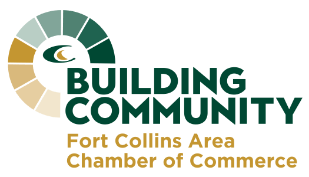The Colorado State University Engines and Energy Conversion Lab (EECL) on North College Avenue is one of our community’s great success stories.
EECL is located in the old Fort Collins power plant building on the north edge of downtown. The building was built in 1935 on the south bank of the Poudre River and the community’s electricity was generated there until 1972 when it was decommissioned as a power plant.
In 1992 an engineering professor at CSU, Dr. Bryan Willson, approached the City about leasing the empty and derelict building for a small engines lab. It was the beginning of a remarkable story of local government, public university, for-profit companies and non-profit cooperation. And what is happening in the building is improving the world and positively impacting Fort Collins.
The research taking place in the building falls into four categories: engines emissions and efficiencies, advanced biofuels, safer and cleaner cooking appliances for people in developing countries, and renewable and distributed power. Each is explained on the lab’s Web site, http://eecl.colostate.edu/.
The cumulative result of research in these four areas is EECL’s growing national and international reputation for providing solutions for real world problems. Effectively, an abandoned industrial building has been transformed into a hub of innovation, research, business incubation and education.
And let’s add collaboration. Working together are public partners including the City and CSU, private companies started by the university and existing companies funding contracted research, non-profits that are implementing some of the research findings and others that are financially underwriting the lab.
EECL embodies community values including protecting the river, entrepreneurship, innovation, “grow our own” based economic development, environmentalism, discovery, historic preservation, education, prudent use of limited resources, collaboration and the land grant university ethos of applied research to solve problems.
A proposal will be before the City Council this week to extend CSU’s lease and allow a 60,000 square foot expansion of the lab on the existing site. It’s a difficult site to develop due to river setbacks, railroad setbacks and historic setbacks plus the proposal is complicated in other ways. Despite these challenges, the expansion of the EECL can work on the site and is worth pursuing
The building itself will be a showcase of smart technologies and building energy systems. In essence, the laboratory facility will be a showcase for the results of its own research and community values.
Harder to articulate is the future benefit of the EECL as an innovation asset that enhances and projects Fort Collins’ reputation as a brainy place addressing real world challenges. It’s not a stretch to imagine people traveling from around the country or world to learn about what’s going on in our once abandoned power plant.
Credit goes to CSU, the City of Fort Collins, Dr. Bryan Willson, the private sector supporters of the lab like Woodward and the nonprofits and foundations that support the EECL. In a fractious time when there seems to be more disagreement than agreement, it is refreshing and encouraging to have a local story of success and cooperation like the EECL.
This information was first published as a column in the Coloradoan on September 26, 2011.
